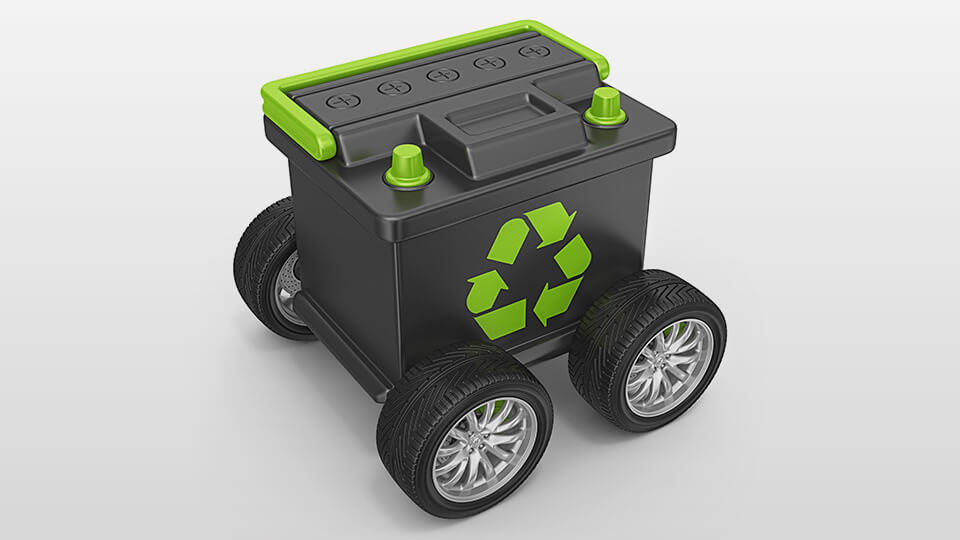The importance of recycling EV batteries is slowly being recognised throughout the world. Companies along the battery supply chain are investing billions of dollars in recycling capabilities. Furthermore, they are confronting projected shortages of the raw materials that will power the next generation of electric vehicles.
Importantly, a recent article in the Financial Review outlined the challenge for carmakers, battery producers and miners. Without a doubt, most are developing their own recycling capacity, or partnering with specialists to make supply chains more secure, greener, and more profitable. First and foremost, this infant industry is grappling with the issue of rising demand. What will be done in ten years, when the batteries used in EV’s are up for recycling?
Battery chemistry
Undoubtedly issues such as which battery chemistry will prevail, are becoming more important. Chinese producers of CATL and BYD, and their Korean/ Japanese rivals, are making it hard to know which recycling processes will be required.
Future regulation, material prices, recycling technologies, as well as who will own an EV battery at the end of its life, are all subjects of much discussion.
“There is a sense of disorder in the industry because no-one has lived through this before” Simon Lange, chief executive of battery materials producer and recycler Lithium Australia told the Financial Review. “There will be people who are not even being spoken about today who in five- or ten-years’ time will emerge as major players in the market”.
Battery recycling typically involves smelting, chemical treatment, or both. Each having its own environmental impact. Given advances in cleaner extraction techniques, recyclers will face a challenge in demonstrating their output will remain greener and more economically attractive than mined materials. With few EV batteries having reached the end of their lives, the principal sources of stock for recyclers remain cells from consumer products. These include items such as laptops, portables and ‘scrap’ from battery plants.
End of life batteries
Manufacturing and production scrap will be over half the recycling volume this decade. End-of-life batteries will become more important in the next ten years. Undoubtedly, this transition presents a dilemma for recyclers, because the logistics and business models for recycling scrap are very different.
The US trend is for more partnerships between battery makers and recyclers. The EU has passed regulations to prevent spent batteries leaving the block. They have mandated minimum recycled content at 16 percent for cobalt and 6 per cent for lithium and nickel. Brussels is considering mandating that ‘black mass’ – the crushed remnants of batteries after unwanted steel and plastic have been removed-be redesignated as hazardous waste as a means of preventing it leaving the bloc.
LFP or NMC
In terms of the global battery race there is still confusion as to whether the lithium iron phosphate, LFP, or the nickel-manganese-cobalt, NMC, batteries will prevail. China support LFP and Japan/Korea NMC.
Ecobatt continues to monitor international trends. Importantly investing heavily in new technologies that are robust, and flexible. This ensures they can pivot to the needs of the market, whatever technology is adopted. The group’s scrap metal, mercury recycling, and e-waste businesses have an integrated approach that will ensure Ecobatt is a leading innovator in the Australian recycling market.





